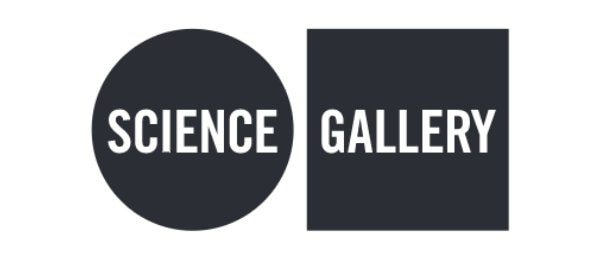シンガポール居住者:
大人: S$18、小人: S$14
シンガポール非居住者:
大人: S$21、小人: S$16
上記以外のチケットオプションもご用意しています
チケット料金
ja nav_sessionexpired セッションがタイムアウトしました。もう一度ログインしてください。 確認
ワンタイムパスワードの認証 ご希望の認証方法を選択してください。国によってはSMSの利用が制限されている場合がありますので、ご注意ください。SMSワンタイムパスワードが届かない場合は、代わりにEメールワンタイムパスワードを使用することをお勧めします。 携帯用ワンタイムパスワード Eメール用ワンタイムパスワード あるいは 他の方法を試す 携帯電話番号の認証を行ってください。 今すぐメールアドレスの認証を行ってください。 お客様の携帯電話番号{#}に、SMS経由でワンタイムパスワードを送信しました。 お客様のメールアドレス({#})宛に、ワンタイムパスワードを記載したメールを送信しました。 お客様の携帯電話番号が認証されました。 お客様のメールアドレスが認証されました。 ワンタイムパスワードに誤りがあります。 ワンタイムパスワードが届かない場合 ワンタイムパスワードを再送信 新しいワンタイムパスワード再送信まで{#} 検索 ワンタイムパスワード(OPT)のリクエストが失敗しました。少し経ってから、もう一度お試しください。 ワンタイムパスワード(OPT)リクエストが重複しています。 既存のOTPの有効期限が切れた後、もう一度お試しください。 アカウントを確認するには、以下の hCaptchaを完了してください。登録した携帯電話番号にワンタイムパスワードが送信されます。 アカウントを確認するには、以下の hCaptchaを完了してください。その後、登録したメールアドレスにワンタイムパスワードが送信されます。 SMSのOTP送信にエラーが発生しました。代わりにメールOTPの使用をお勧めします。 メールOTPを送信 キャンセル
15 セッションタイムアウトまで 「続ける」をクリックして、ログイン状態を維持するか、「ログアウト」を選択して、すぐにセッションを終了します。 {minute} 分 {second} 秒 2 続行 ログアウト
マリーナベイ・サンズ ライブチャット機能は現在ご利用いただけません。ページを更新するか、しばらくしてから再度お試しください。ご不便をおかけいたしますが、何卒ご理解のほどよろしくお願い申し上げます。 30
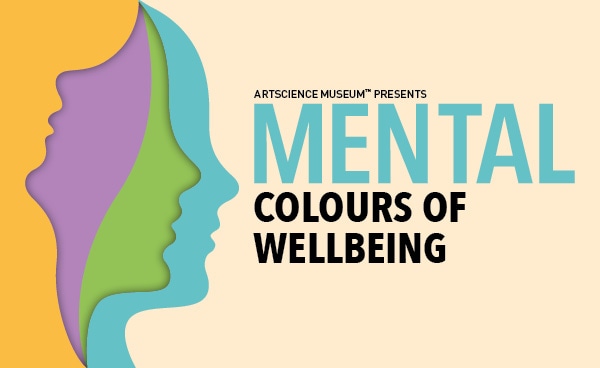
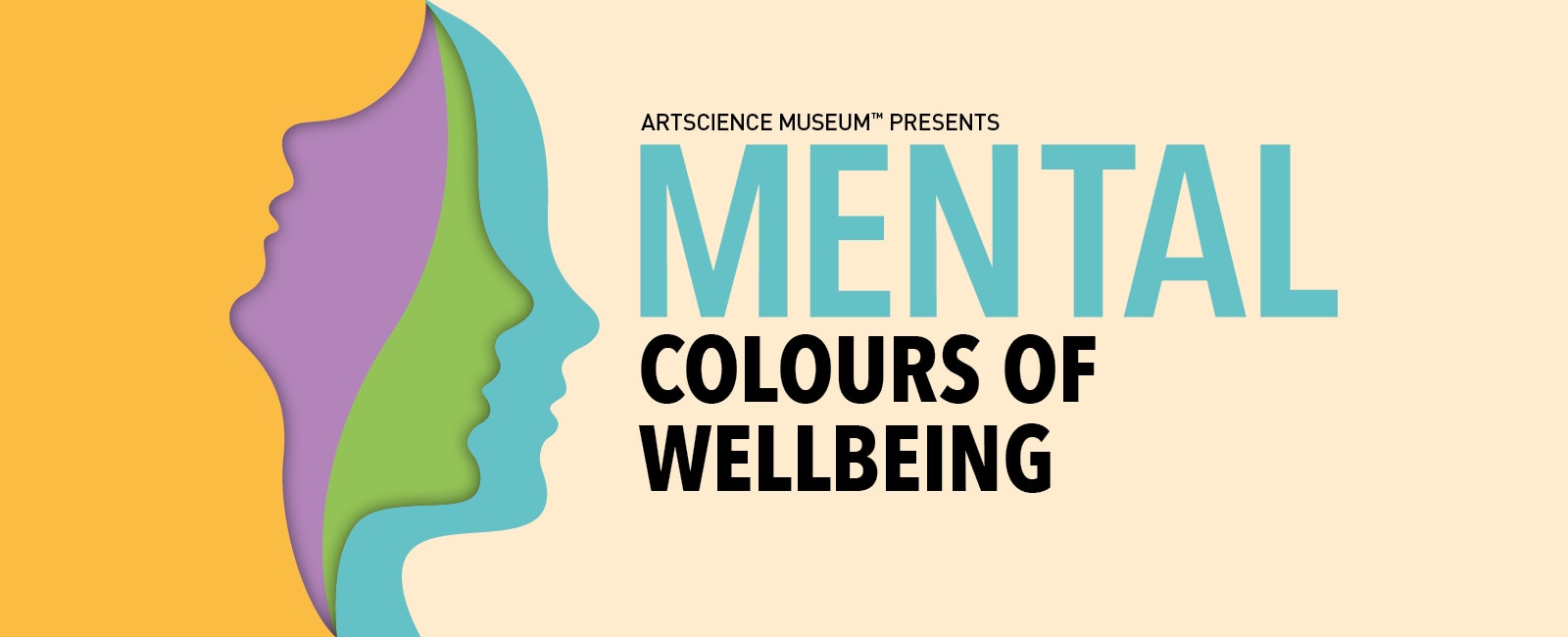
展示
調子はどうですか? だれもが感じるままでいていいのです
あなたの気持ちはユニークで個人的なものです。
『MENTAL: Colours of Wellbeing』は、精神疾患や治療に関する展示ではありません。メンタルヘルスにまつわる社会的偏見やステレオタイプに取り組むことを考える場所です。 『MENTAL』展は、私的でパーソナルな旅へと誘い、私たち全員にとってますます重要になってきている、存在すること、生きること、つながりを作ることのさまざまな方法を探ります。
本展では、国際的なアーティスト、メーカー、科学者、デザイナーによる、24のインタラクティブな展示、アートプロジェクト、大規模なインスタレーションなどが特集され、メンタルヘルスや生き方に関する様々な視点を表現します。加えて、シンガポールと東南アジアのアーティストによる7作品も展示され、東南アジア独自の視点でメンタルヘルスを探求します。
本展で展示される作品は、シリアスな主題を身近に感じられる方法で取り上げ、「つながり」「探求」「表現」「考察」の4つの大テーマに分類されています。
『MENTAL』展では、違いや複雑さを称え、あらゆるメンタルヘルスの旅はユニークであるという考え方を表現しています。2020年代に入り、人間であることの意味をじっくり考え、問いかけ、理解を深める機会を持ってみるのもよいのではないでしょうか。
『MENTAL: Colours of Wellbeing』展は、アートサイエンス・ミュージアムとサイエンス・ギャラリー・メルボルンとの共同展です。メンタルヘルスとウェルビーイングへの関心を高め、その重要性について話し合うきっかけとなることを目的とした、アートサイエンス・ミュージアムの通年の展示・イベントプログラムSeason of Mental Wellbeingの最後の展示となります。
チケット料金
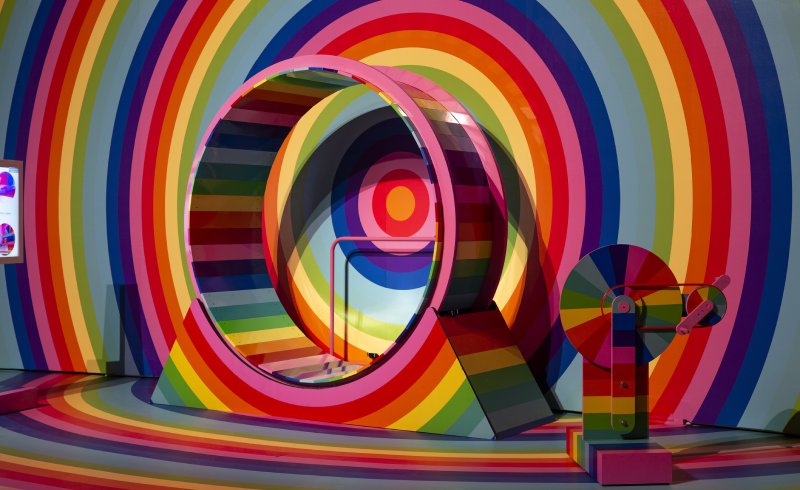
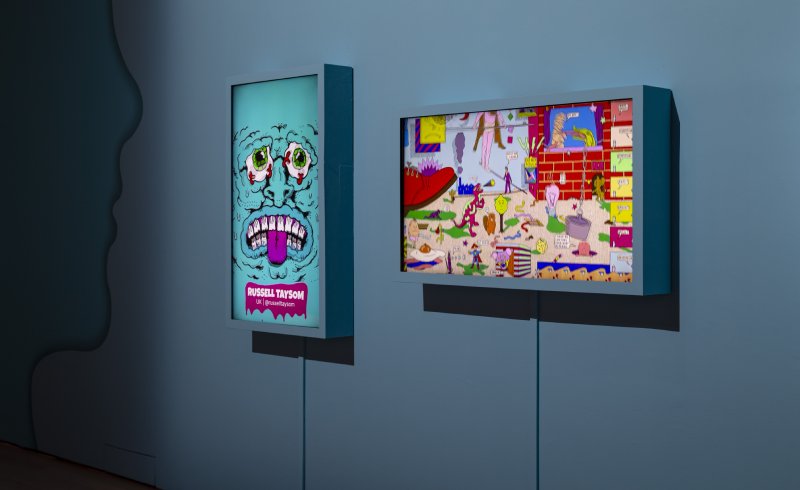
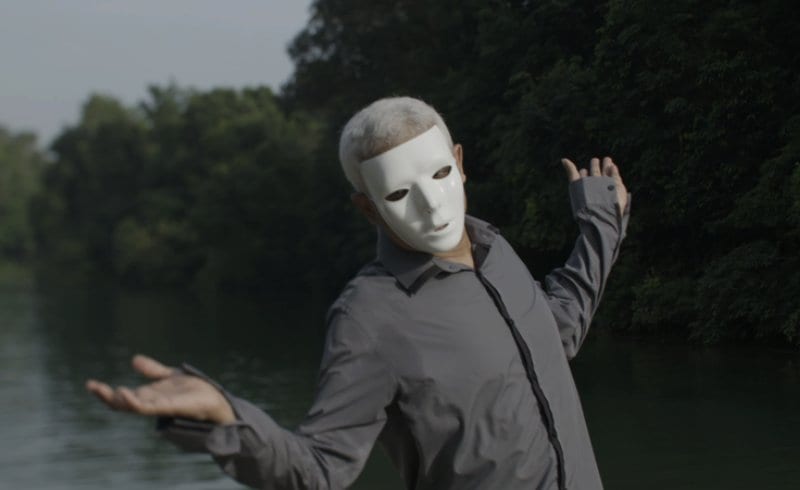

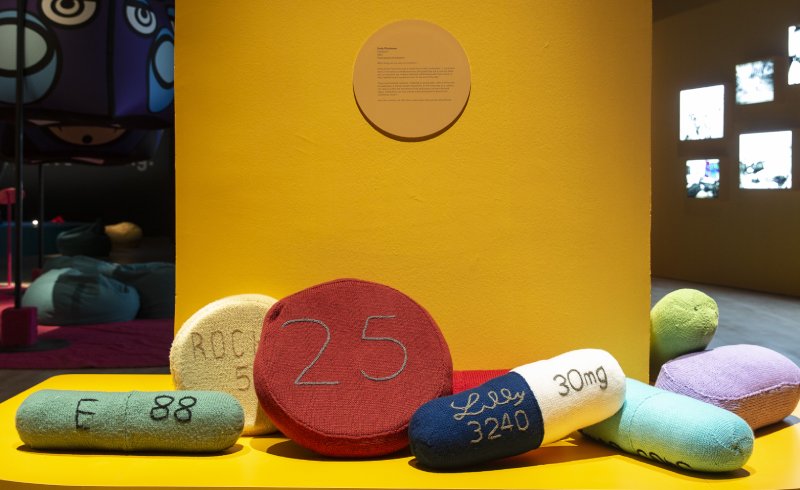
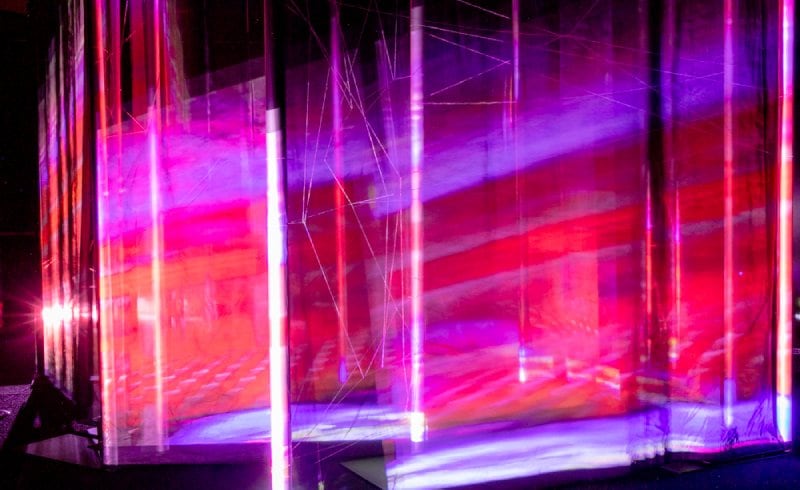
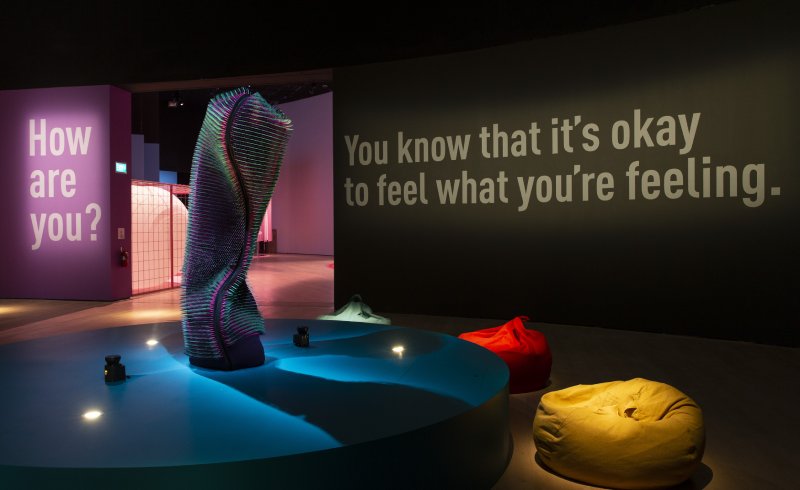
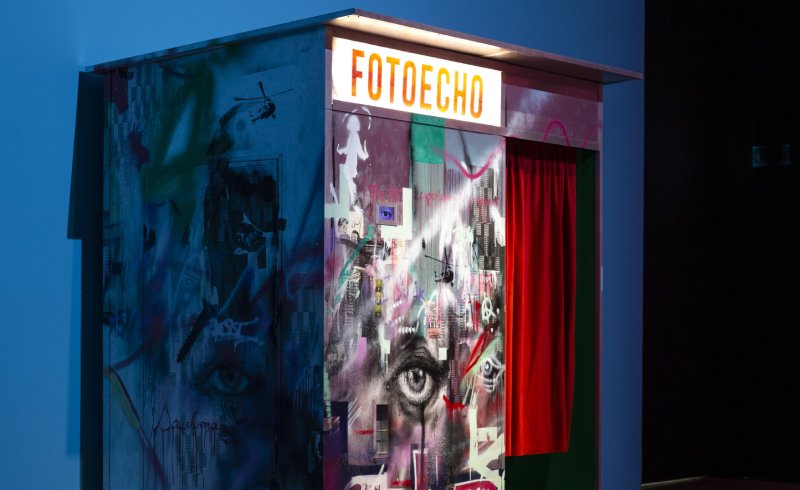

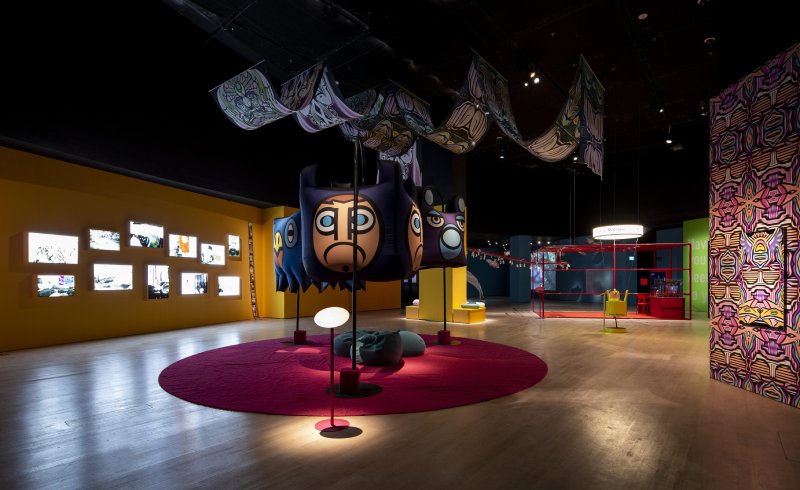


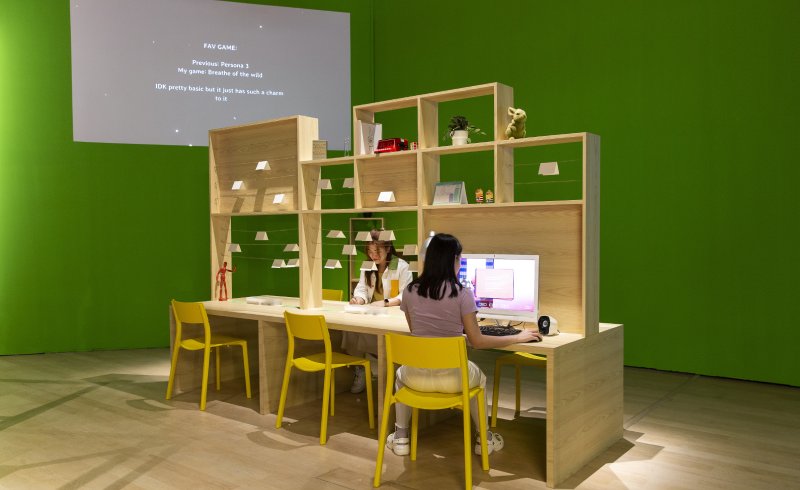
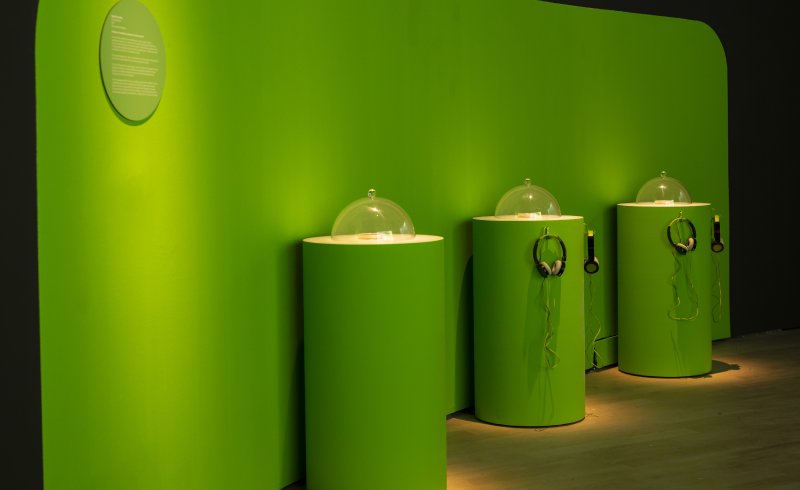
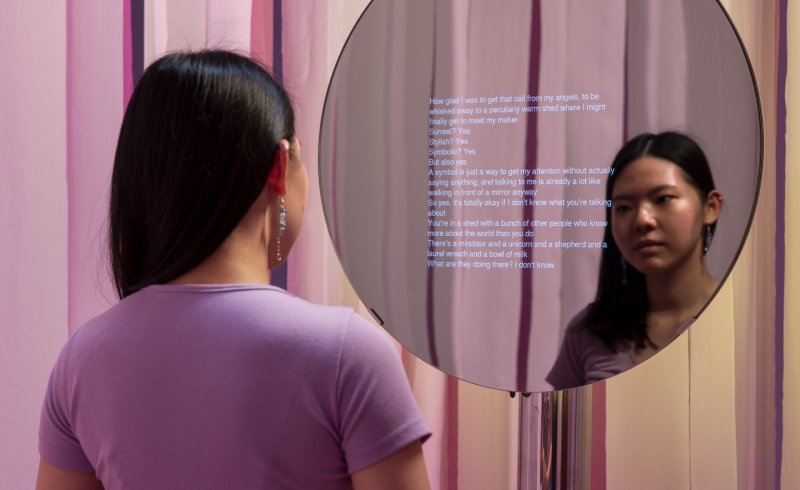
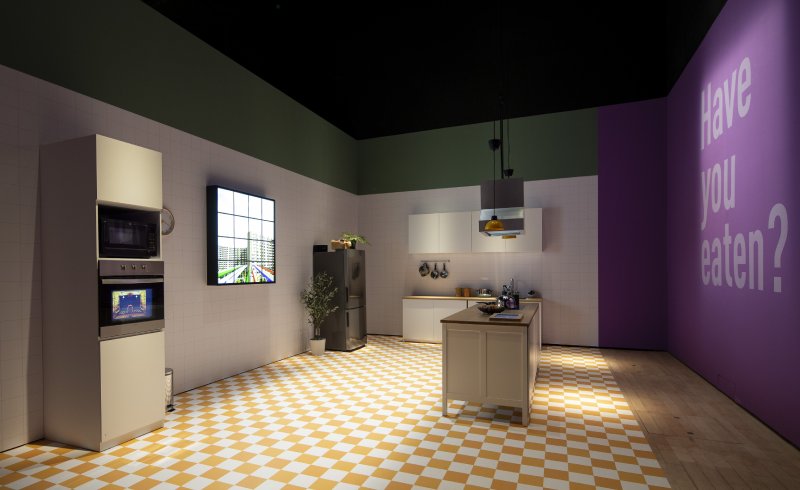
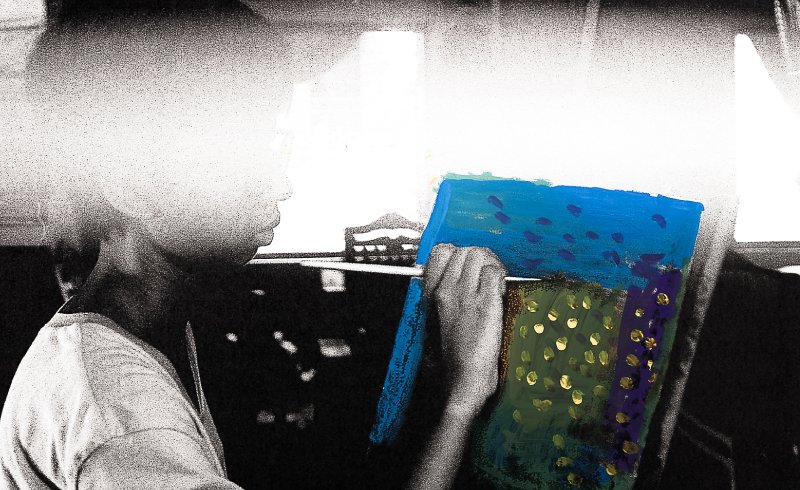
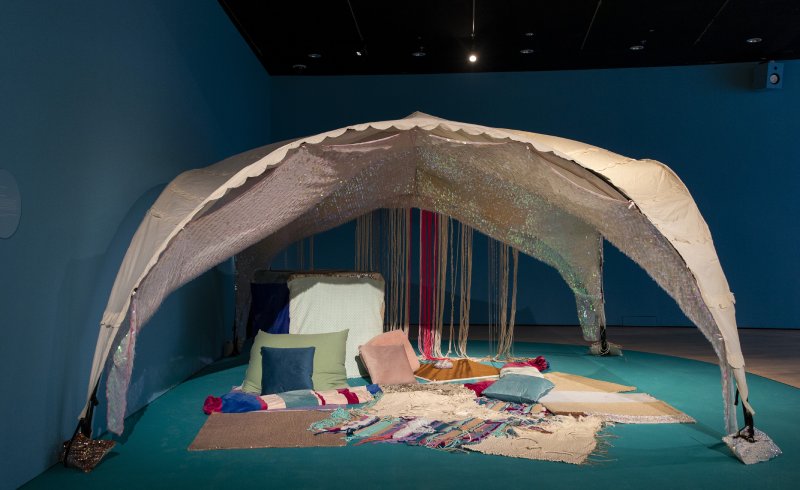
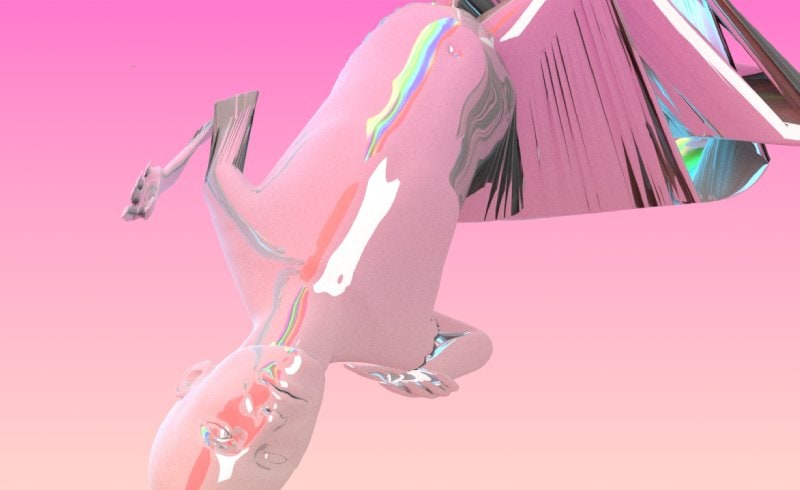

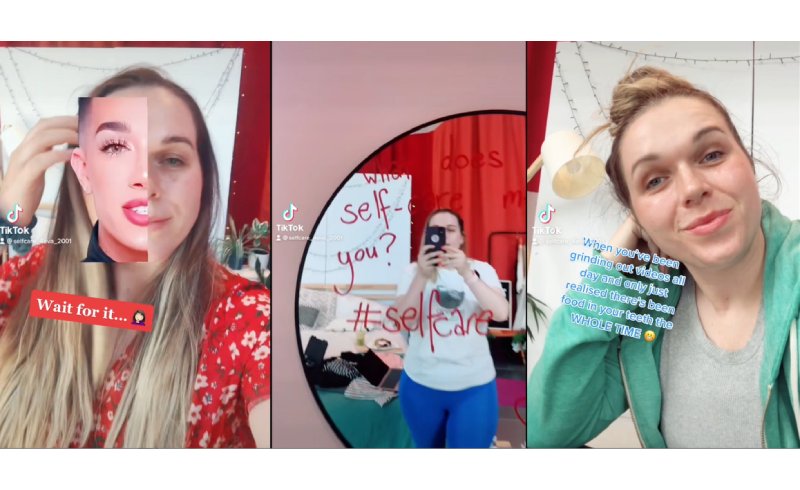
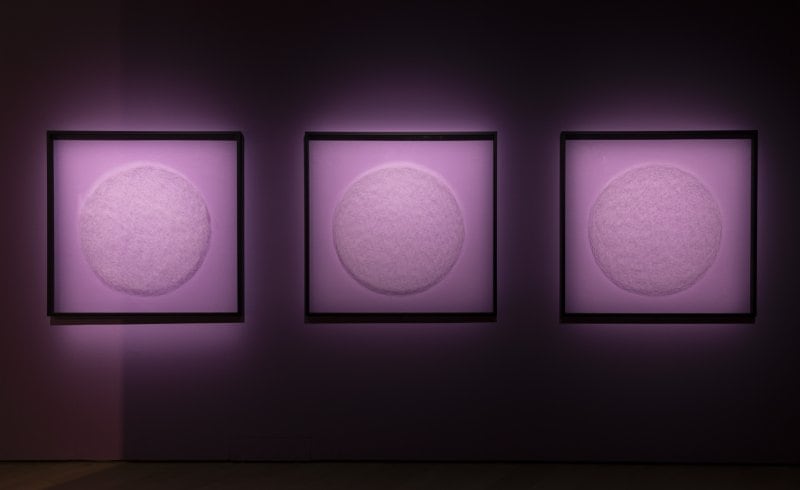
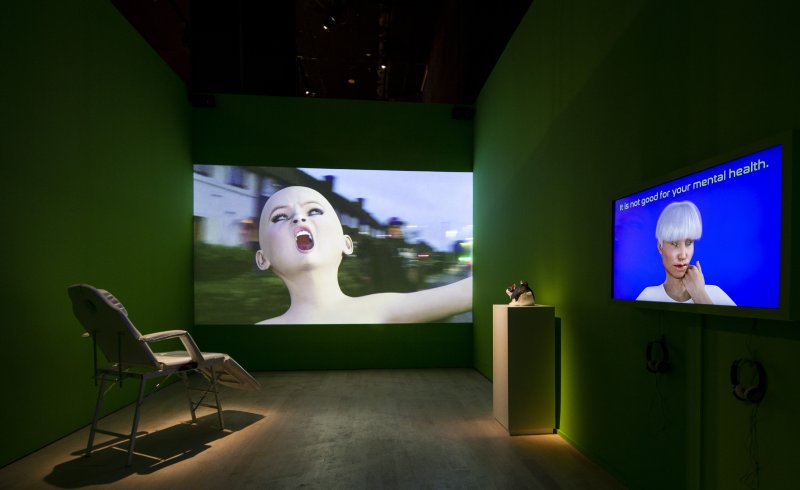
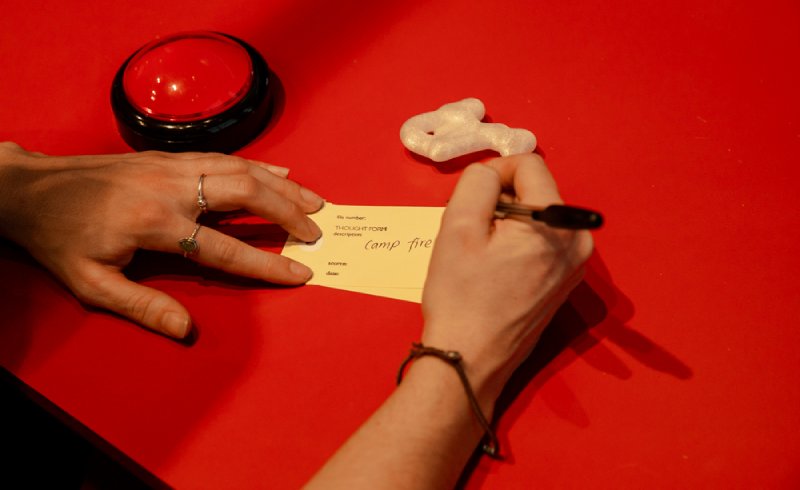

EYEYAH! and Various Contributors, Anxiety Animations, 2022. Installation view, ArtScience Museum.
A showreel of GIFs on loop, sound and silent


Casper de Jong, Casper's Ex, 2019. Installation view, ArtScience Museum.
Interactive Artwork

Emily Fitzsimons, Cushions? 2022. Installation view, ArtScience Museum.
Participatory Installation


Emmanuel Gollob, Doing Nothing with AI, 2019. Installation view, ArtScience Museum.
Robotic Interactive Artwork

Georgie Pinn, Echo, 2018. Installation view, ArtScience Museum.
Interactive Artwork

Zhou Xiaohu, Even in Fear, 2008. Installation view, ArtScience Museum. White Rabbit Collection, Sydney. Donated through the Australian Government's Cultural Gifts Program by Judith Neilson.
Mixed Media Installation

Josh Muir, Go Mental, 2021. Installation view, ArtScience Museum.
Mixed Media Interactive Installation

Rachel Hanlon, Hello Human, Hello Machine, 2021. Installation view, ArtScience Museum.
Interactive Artwork

Rory Randall and Indigo Daya, Isolation Chamber, 2021. Installation view, ArtScience Museum.
Participatory Installation

Ziba Scott, Kind Words, 2019. Installation view, ArtScience Museum.
Multimedia Installation

Sophia Charuhas, Microbial Mood, 2019. Installation view, ArtScience Museum.
Multimedia Installation
Who knows you best? The machine or you?
Your mirror image is not you. Your mirror image only bears a passing resemblance to you.
As you gaze at your reflection, the mirror perceives your emotional state, and in response it presents you with a machine-generated poem. The text gently fades onto the mirror’s surface, and is displayed for as long as you continue to gaze into your reflection.
Inspired by the Theory of Constructed emotion, Mirror Ritual explores emotion as emerging from within an interaction. Emotions don’t happen to you, but you actively construct them within a given context.
Rather than a prescriptive interface, as is common with emotion-detection technologies, Mirror Ritual allows for the human-machine co-construction of emotion. The work uses poetic language to offer new concepts with which to frame your current emotional state. Mirror Ritual presents a new kind of relationship with Artificial Intelligence. Not one based in habit, but a relationship imbued with meaning and intention. The mirror does not provide instant gratification, instead it offers a new ritual with technology, one that allows you to linger in time. The mirror can offer meaning, but it asks something of you first.
To begin the ritual, you must look your mirror image in the eyes.
Find out more about this work:
@posthumanrituals
@sensilab_monash
Biography
Nina Rajcic is an artist, researcher and developer with a background in particle physics, as well as industry experience in data science and engineering. She is currently doing her PhD looking into machine understandings of human emotion. Her work focuses on the critical role that language takes in the framing and reframing of emotional experiences and memories. With Mirror Ritual, she is experimenting with the development of a creative collaboration between humans and machines.
Nina is currently undertaking her PhD at SensiLab, Monash University, Melbourne, Australia. She holds a Bachelor of Science and a Masters of Physics (Theoretical Particle Physics) from The University of Melbourne.

Nina Rajcic and SensiLab, Mirror Ritual, 2020. Installation view, ArtScience Museum.
Interactive Artwork

Divaagar, Model: Kitchen, 2022. Installation view, ArtScience Museum. Commission by ArtScience Museum.
Video Installation
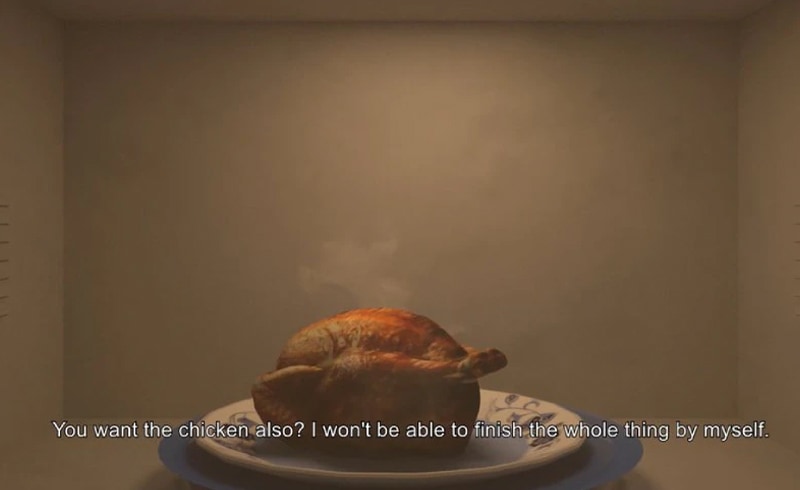
Divaagar, Model: Kitchen, 2022. Commission by ArtScience Museum.
Video Installation

Shwe Wutt Hmon, Noise and Cloud and Us, 2021. Image courtesy of the artist.
Photographic Installation

Can we keep up with the latest technology?
Remind Me Later is inspired by the option we are given, when notified that our smartphone or device has a new update, to set a reminder to install the update at a future point. The work explores the mounting pressure we are under to always keep up with the latest technology.
In this video, a three-dimensional model of an androgenous human figure continuously distorts and floats across the screen. Pink Noise, such as the ambient sounds of waves on the beach or wind rustling through trees, is said to promote better sleep and blends with the background music in the video. The random motion of the pink human figure accompanied by the soundtrack reflects our ever-changing relationship with technology.
What is your relationship with technology? Will technology be able to replace our need for social connection?
Biography
Tromarama is an art collective founded in 2006 by Febie Babyrose, Herbert Hans and Ruddy Hatumena. Engaging with the notion of hyperreality in the digital age, their projects explore the interrelationship between the virtual and the physical world. Their works often combine video, installation, computer programming and public participation depicting the influence of digital media on society’s perception of its surroundings. Tromarama live and work between Jakarta and Bandung, Indonesia.


Tan Yang Er, Scenes From Therapy, 2022. Installation view, ArtScience Museum.
Mixed Media Installation

How can we express our feelings when there are no words to describe them?
Circles are commonly used in art therapy to help process and express feelings on a deeper level. The notion of ‘drawing in a circle’ provides a visual way to manifest these thoughts and emotions.
In this work, the act of ‘scribbling’ within the circle is a representation of Yi Xuan’s contained state of mind. Where words fail, the process of scribbling is an means of confronting her inner chaos. At first glance, State of Mind evokes a sense of calm; however, on closer inspection it reveals a more violent, turbulent and complex nature.
How do you express yourself?
Biography
Lee Yi Xuan’s practice focuses on confronting overwhelming emotions that cannot be expressed through words. She recently graduated with a Bachelor of Arts (Hons) in Fine Art Practice from Nanyang Academy of Fine Arts (NAFA), Singapore. Trained in both fine art and design, Yi Xuan is passionate about teaching and is currently pursuing her Masters in Art Therapy at LASALLE College of the Arts, Singapore.

Lee Yi Xuan, State of Mind, 2021. Installation view, ArtScience Museum.
Acrylic Panel

Wednesday Kim, The Aesthetics of Being Disappeared, 2019. Installation view, ArtScience Museum.
Multi-video Installation

Dr Kellyann Geurts and Dr Indae Hwang, Thoughtforms, 2021. Installation view, ArtScience Museum.
Participatory Installation
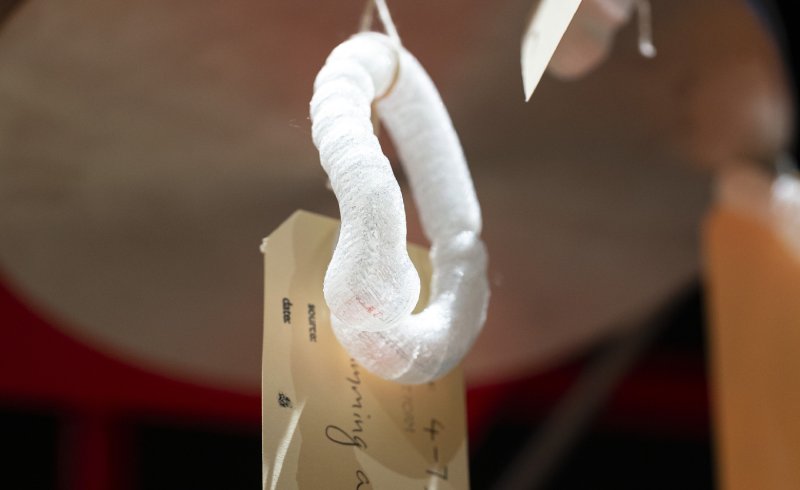
Dr Kellyann Geurts and Dr Indae Hwang, Thoughtforms, 2021.
Participatory Installation



Hiromi Tango, Dr Emma Burrows and Dr Tilman Dingler, Wheel, 2021. Installation view, ArtScience Museum. This artwork is created in collaboration with The Florey Institute of Neuroscience & Mental Health.
Participatory Installation

MENTALはもともとメルボルン大学のサイエンス・ギャラリー・メルボルンで作成され最初に展示されました。サイエンス・ギャラリー・メルボルンは、ダブリン大学トリニティカレッジが主宰するサイエンスギャラリー インターナショナル ネットワークの一部です。
